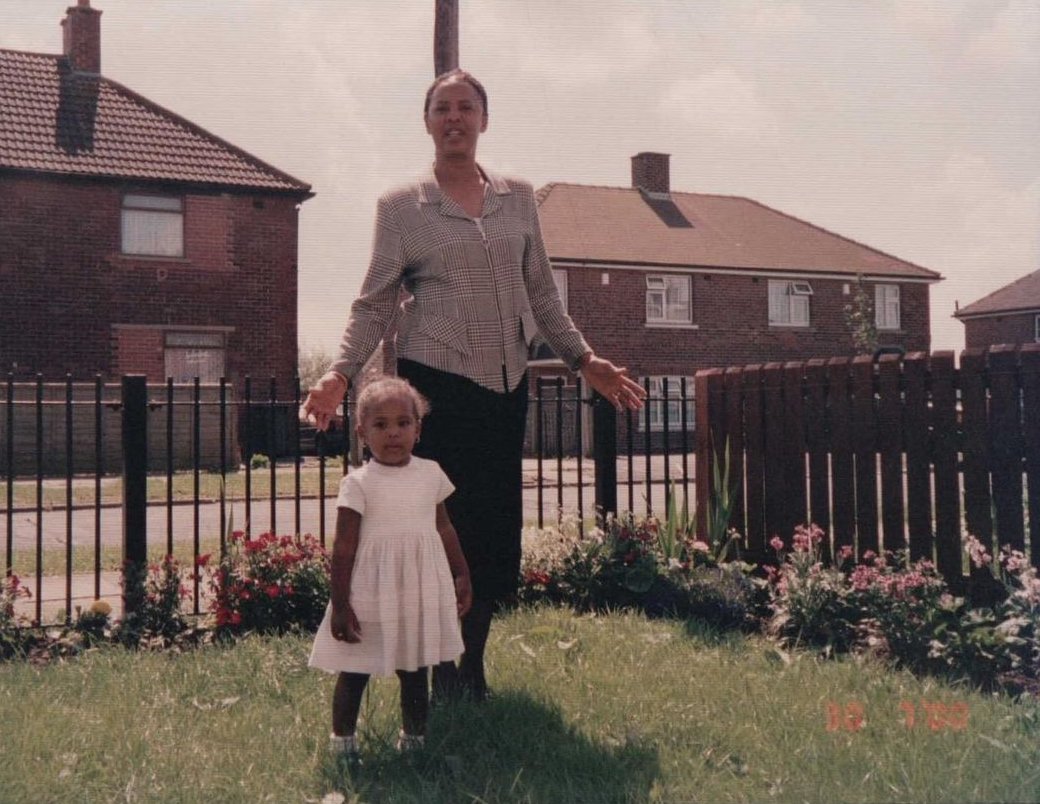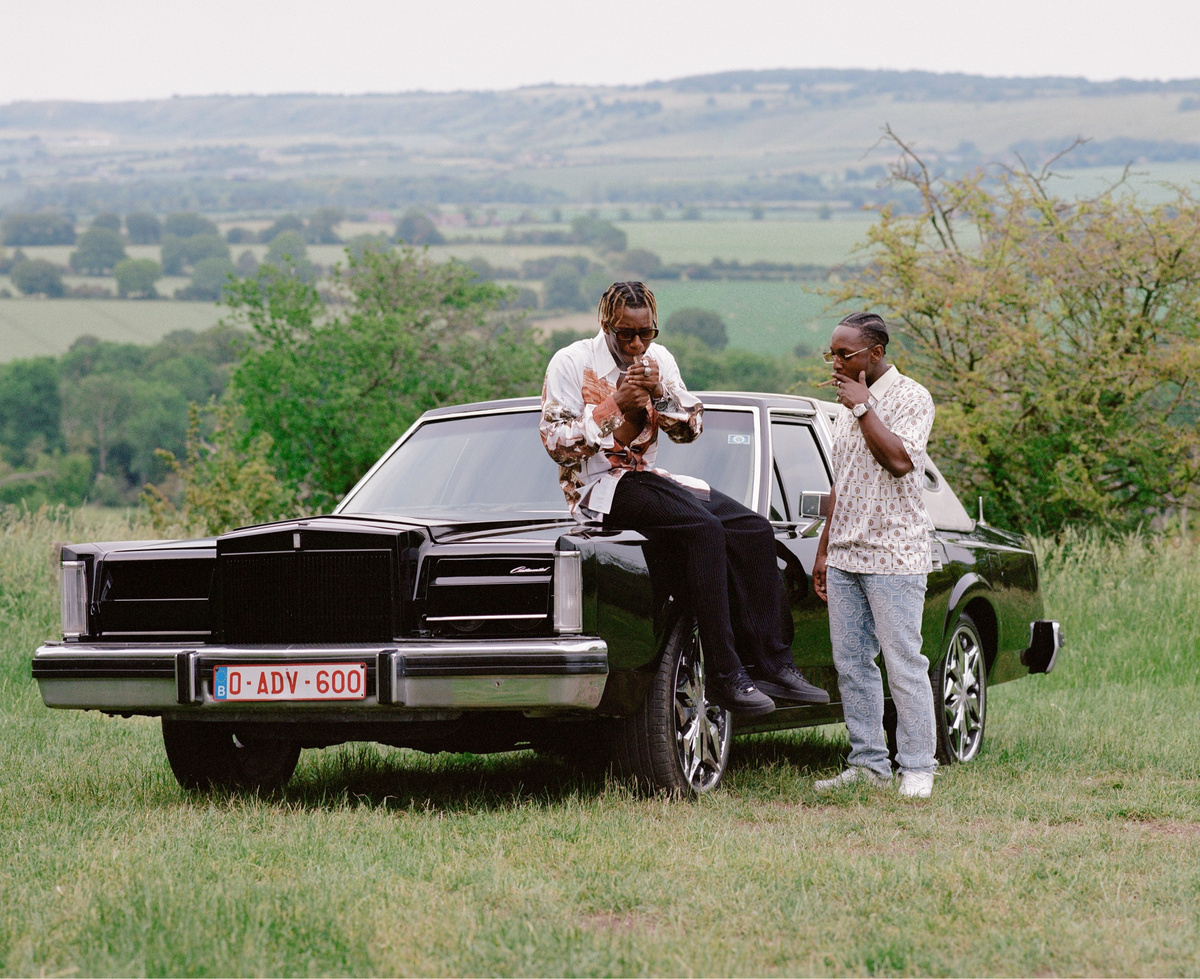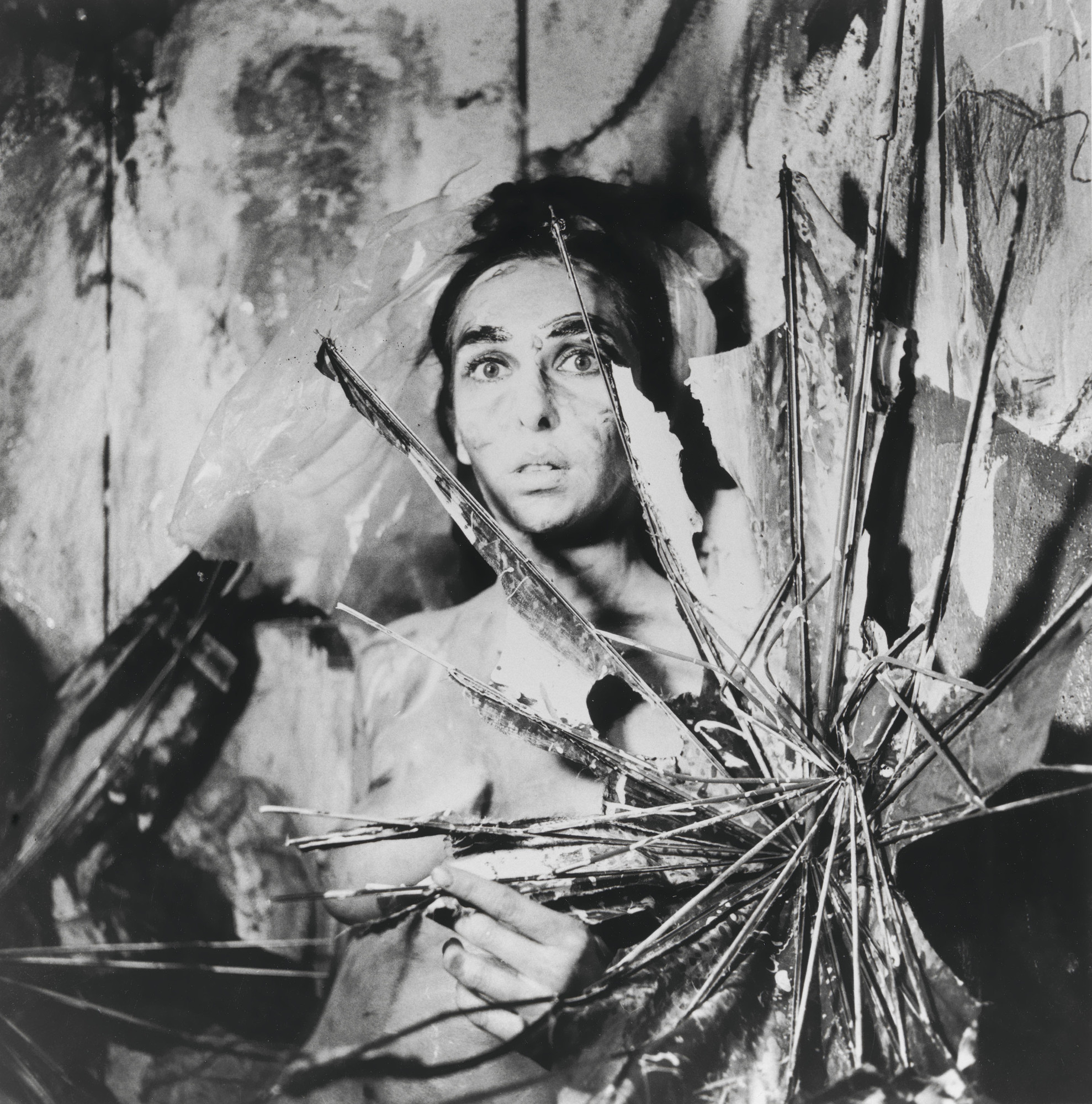Read Time 5 minutes
Bumpkin Files celebrates Britain’s Black communities through found photography
We speak with Karis Beaumont, the photographer behind online resource Bumpkin Files – a platform using found photography to tell the stories of Britain’s Black communities outside of the capital.
Tell me about the start of Bumpkin Files, did you identify a gap in the images you were seeing of Black Britain, and if so, what was it?
I’ve been interested in different Black histories for a very long time, and would watch Black British documentary shows when it’d come on mainstream TV. One day in 2015, I was watching a documentary about pirate radio in 80s Britain, and how that was the only means of culturally diverse music. Black communities at the time weren’t having their musical tastes and interests catered for by the BBC and commercial stations.
Whilst watching this documentary, my dad shared with me how he remembered Pirate Radio days and the methods to tune into these stations. As I listened to his stories, it finally hit me. Over the years I’d enjoyed listening to my parents, and other family members speaking about their adolescent years and experiences in this country, and had a revelation that hearing different perspectives on Black British life was something lacking in mainstream media. Topics on Black Britain is already a rare occurrence when it comes to education, and the importance of more nuanced stories was something I believed was needed.
There’s definitely a bit of disconnect between different Black communities across the country; we don’t know much about each other, let alone London not knowing much about the communities elsewhere – who’ve been thriving for generations.




You describe the archive as a resource, I’d love to know what your vision is for how people might use the work.
I envision outlets and people having access to seeing historical photographs, whether it’s for personal observation or material for projects. I want to be able to fill in gaps when it comes to our storytelling and portrayal. Taking imagery of people, loved ones, communities, etc. immortalises them, so having an accessible resource would prevent erasure.
Could you tell me about how you gather the content? What’s the research process like and how do you verify provenance?
When I first started I’d do deep research online to see what was accessible and how easy it was to find imagery on Black Britain outside of London. It was tricky at first but I started to find images and information. I’d then upload to Instagram or Twitter, with information about the date, name of photographer and website source, so that whoever was interested could do research for themselves. After that, I encouraged my friends and audiences to submit imagery to my email. It really gave them a chance to tell their stories and add to the archive.




Have the images you’ve collected for Bumpkin Files impacted your own visual style as a photographer?
For sure. I grew a love for documenting moments, just because. Collecting for Bumpkin Files also informed me about the energy a photo can give. I felt a link and synergy between some of my works to the images I was researching/collecting. Weirdly enough, it gave me a reassurance that I’m on the right path with my own visual style.
Lastly, who are some of your favourite photographers who operate outside of London?
Vanley Burke, Maxine Walker and Maud Sulter.
Honourable mentions: Yossy Akin, Ashrah Suudy, Nadine Scarlett and Francis Opoku.
END
All images courtesy of Bumpkin Files.
subscribe for the latest artist interviews,
historical heronies, or images that made me.
what are you in the mood for?








